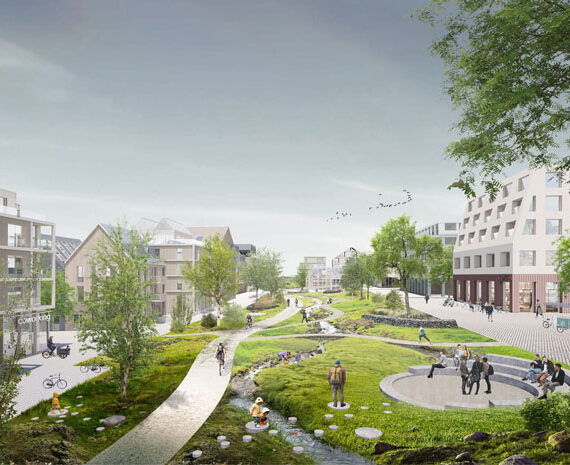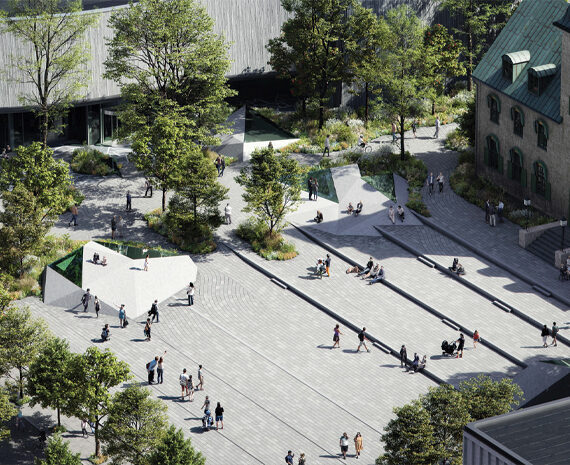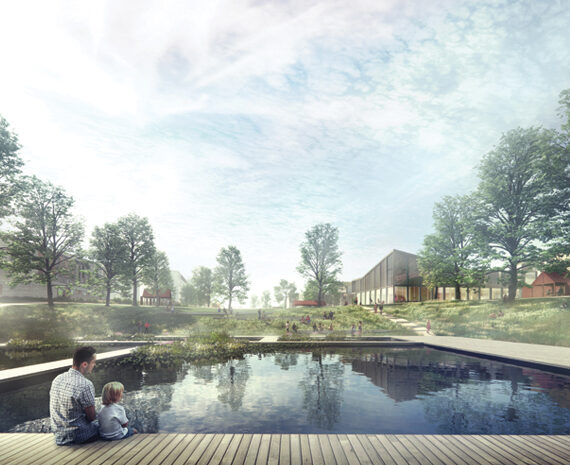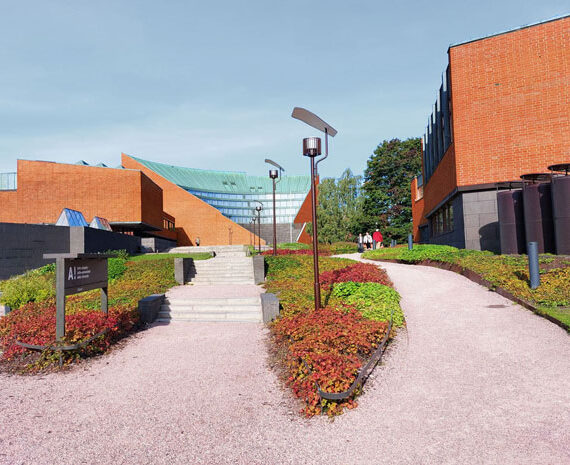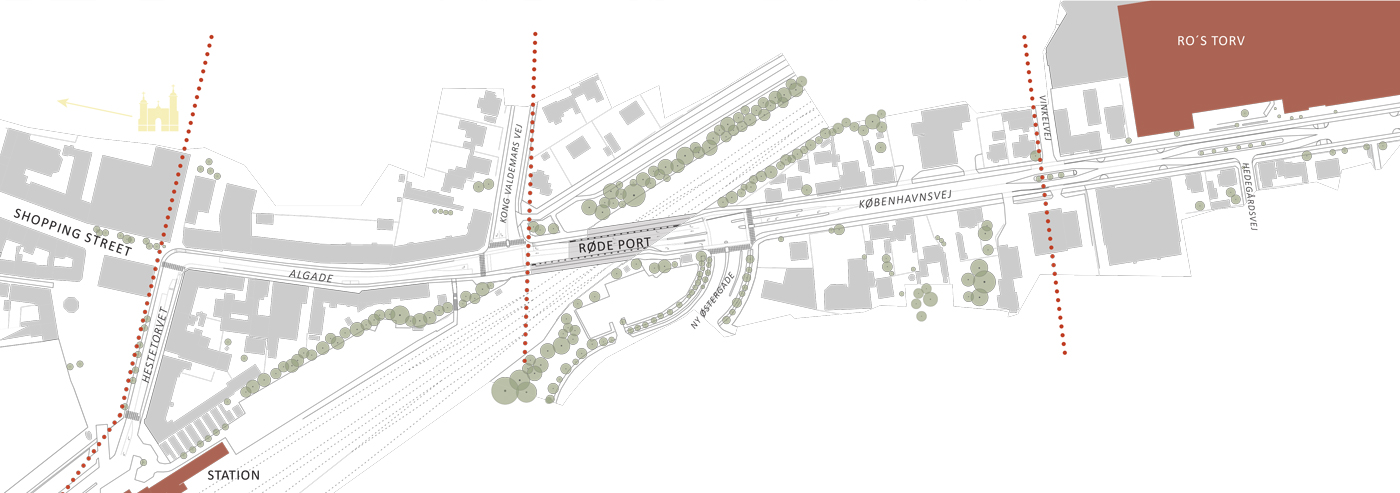

The stretch as a “broken-chain” for urban life
The shopping street and the old squares of the city centre are quality urban spaces that prioritize pedestrians here’s a vibrant urban life and distinct atmosphere. As the shopping street ends so do the city-centre-feel, and the character of the street space drastically change. The pedestrian areas shrink in favour of bus and car traffic. The high-quality pavement is replaced by worn-down asphalt and concrete, a subtle statement that you are leaving the city centre. At the under passing Røde Port, the sidewalk is further narrowed and bicycle uses the pedestrian
zone as a shortcut. The narrow sidewalks continue along Københavnsvej, creating an irregular passage that doesn’t state itself as the main pedestrian connection to Ro’s Torv but where cars and bikes are prioritized above pedestrians. Arriving at Ro’s Torv, the street space drastically changes again, with quality pavements, street trees and recreational and commercial zones along the road together. These initiatives scale down the urban space and create a pleasant atmosphere that reflects the city centre.

A three-point strategy for coherence and improved pedestrian environment
The three-point strategy treats the most dominant issues along the stretch, and transform it into a pleasant urban promenade. The aim is
to continue the urban life axis from the centre to Ro’s Torv, creating natural wayfinding between the city centre, the station and the shopping mall.
1) Minimize the road – maximize the sidewalk
Step one is to deal with the road layout and traffic hierarchy, to establish the stretch as a recreational extension of the city-centre-axis. With incoherent sidewalks and large scale street space it’s difficult to establish
a plesant pedestrian environment, and therefore we suggest to minimize the road, maximize the sidewalk and plant new road trees to scale down the street space.


2) Extend the city-centre-feel
Step two is to upgrade the materials used for the sidewalks to reflect the high standard of the city centre. Using quality materials would continue the city-centre-feel and establish the stretch as an extension of the
vibrant city centre. Creating coherence between the material palette of the city centre and Ro’s Torv would establish natural wayfinding to and from the station.


3) A string of pearls
Step three is to support the urban life along the stretch by creating a string of small urban attractions. Landmarks as art or light installations
together with recreational pockets breaks down the stretch and establish it as a interesting pedestrian route with new recreational qualities.













